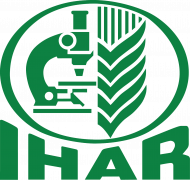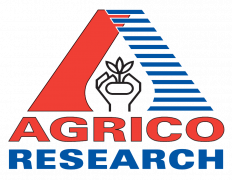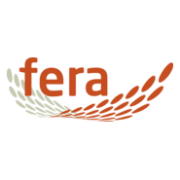Abstract
The irrigation method of partial root-zone drying (PRD) is based on drought stimulation without real water stress in order to induce xerophytophysiological signalling and regulations. In the present study, a series of measurements with potato (Solanum tuberosum L.) crops were conducted to understand the mechanisms underlying PRD. The results showed that PRD-induced osmotic adjustment shown by lower osmotic potential and higher turgor potential in fully turgid leaves and higher symplastic water fraction in cells. The PRD-induced osmotic adjustment was also confirmed by the active accumulation of osmolytes such as free proline, soluble sugars and soluble proteins. In PRD-treated potato plants, turgor maintenance by osmotic adjustment ensured improvements in photosynthetic activities, plant growth and final tuber yield. One of the signal substances, superoxide (O2−), was increased by PRD but soon eliminated by superoxide dismutase (SOD), which was activated by PRD along with catalase (CAT) and peroxidase (POD). As one of the stress-responsive genes, the aquaporin gene RD28 was upregulated by PRD and might explain the improved physiological activities associated with the abovementioned xerophytophysiological regulations.














